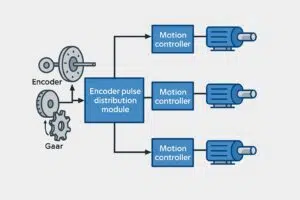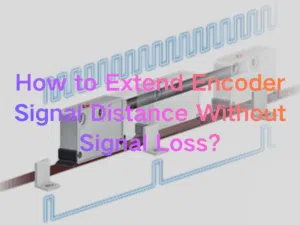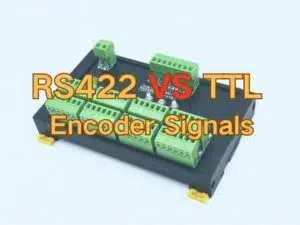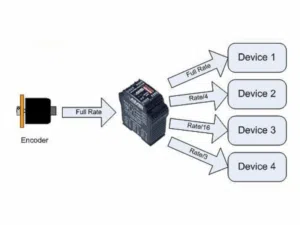In high current applications, choosing the right connection method is essential for safety and performance. Bolt vs screw terminal block is a common consideration, as each type has unique advantages and limitations under heavy current loads. Incorrect selection can lead to overheating or loose connections, even equipment failure.
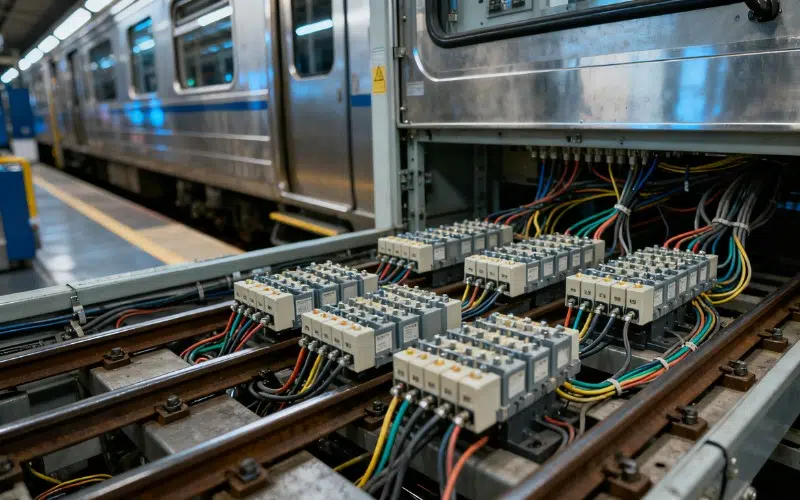
Understanding the differences between these two terminal block types(two terminal block types) helps engineers and industrial professionals make informed decisions. This article provides a detailed comparison of these two terminal blocks, guiding you to choose the best solution for your project.
Bolt vs Screw Terminal Block Key Takeaways
- Connection Strength: Bolt terminal blocks provide very high contact force and large surface area, making them ideal for high-current loads. Screw terminal blocks are reliable for moderate current but may loosen under vibration.
- Installation Speed: Screw terminals are faster and easier to wire in most cases, while bolt terminals take longer due to nut-and-bolt fastening.
- Application Suitability: Bolt terminals excel in heavy-duty applications like busbars, power distribution, and industrial machinery. Screw terminals are better for control panels, automation, and general wiring.
- Cost and Maintenance: Screw terminal blocks are more cost-effective and easier to maintain, while bolt terminals require higher initial investment but offer long-lasting durability.
Part 1 Overview of Bolt Type Terminal Blocks
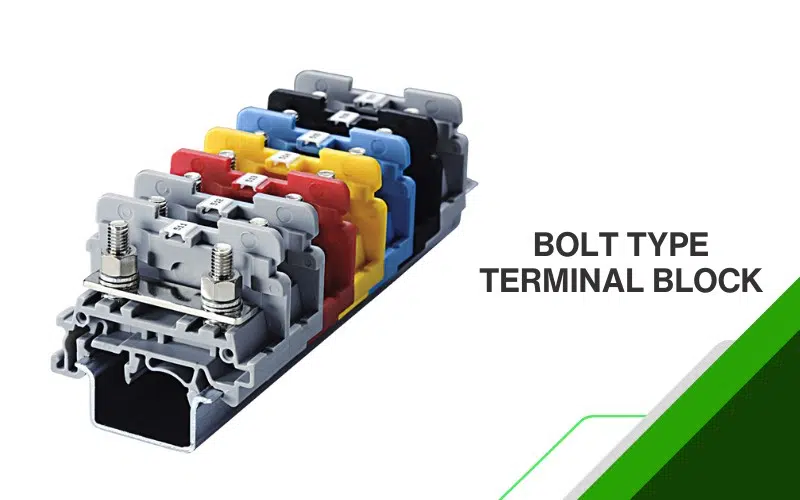
When you’re confused about choose bolt or screw terminal block, you should have a clear understanding of them.
Structure and Working Principle
When handling high current applications, bolt terminal blocks provide a secure and reliable solution. Using a threaded bolt, they firmly connect ring or fork-type lugs with strong contact force and large surfaces, ensuring stability even under vibration. Captive cap nuts on hinged covers prevent loosening, giving you long-term confidence in electrical performance.
For your specific setup, these features can help you ensure reliable performance:
- Threaded bolt secures your conductor reliably
- Works well with ring and fork-type lugs
- High contact force for secure connections
- Captive cap nuts reduce maintenance concerns
Electrical and Mechanical Performance
For high current needs, bolt terminal blocks allow you to connect multiple conductors at a single terminal point without compromising safety. If your system experiences vibrations or thermal expansion, these blocks maintain strong contact, preventing downtime or electrical faults.
Pros and Cons in High Current Applications
The advantages of bolt terminal blocks
- Can safely handle your large current loads
- Mechanically and electrically stable
- Supports multi-wire connections
Several considerations for you when you apply them:
- Installation takes more time due to bolt tightening
- Occupies more space than push-in types
- Requires periodic checking to prevent loosening
Part 2 Overview of Screw Terminal Blocks
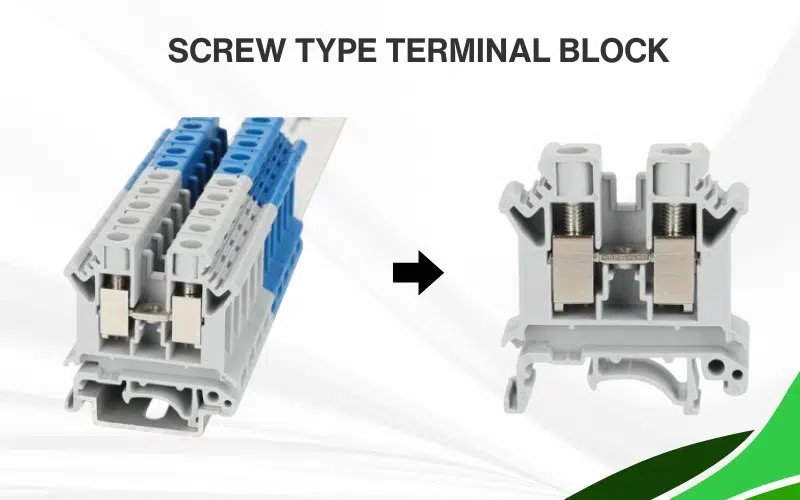
Structure and Working Principle
It’s also important to understand screw terminal blocks about their structure and how they operate. By tightening a screw, it clamps the conductor firmly within the terminal block. This simple mechanism allows you to make reliable electrical connections, whether you are wiring single or multiple conductors. The design makes these terminal blocks easy to maintain and replace when needed.
What You Should Know:
- A screw secures your conductor in place
- Suitable for single or multiple wire connections
- Simple and durable design
- Easy to maintain and replace
Electrical and Mechanical Performance
Screw terminal blocks handle moderate to high current loads safely, offering stable contact with minimal resistance. However, you need to ensure that the screws are properly tightened, as vibrations or thermal changes in your system can gradually loosen connections. With proper installation, they deliver reliable service over time.
Important Points for You:
- Secure and stable electrical contact
- Can support moderate to high current
- Sensitive to vibration if not tightened properly
- Long-term reliability with correct installation
Pros and Cons in High Current Applications
The advantages of screw terminal blocks:
- High reliability and stable connections
- Low cost and easy to maintain
- Suitable for various electrical applications
Limitations about this kind of terminal block for You:
- Requires more time and effort to wire
- May loosen under vibration
- Needs occasional checking for secure connections
For your projects, comparing bolt vs screw terminal block, AOSI’s screw terminal blocks(screw terminal blocks) offer a reliable solution with precise construction and enhanced stability, making them ideal for high-current applications where consistent performance and safety are essential.
Part 3 Bolt vs Screw Terminal Blocks: Key Differences You Need to Know
Installation Speed
When you are wiring your system, understanding the installation speed of bolt vs screw terminal block can make a big difference, especially if you have many terminals to connect.
| Feature | Bolt Terminal Block | Screw Terminal Block |
| Average wiring time per conductor | 30–60 seconds (requires bolt tightening and washer adjustment) | 10–20 seconds (screw tightening only) |
| Ease of use | Requires tools and careful tightening | Relatively faster, fewer steps |
| Best for | Fewer high-current connections | Many moderate-current connections |
Tip: If you are working on a project where speed matters, screw terminal blocks save time, whereas bolt terminal blocks are slower but provide a more robust connection for high current loads.
Current Capacity
High current applications demand terminals that can safely handle your required load.
| Feature | Bolt Terminal Block | Screw Terminal Block |
| Maximum current capacity | 100–200 A (industrial busbars, motors) | 20–50 A (control panels, moderate power circuits) |
| Conductor size | 6–50 mm² or larger | 0.5–16 mm² |
| Typical applications | Heavy machinery, renewable energy systems | Control panels, building wiring |
Tip: For your high current needs, bolt terminal blocks can handle larger loads, making them ideal for industrial and power applications, while screw terminal blocks are sufficient for moderate currents.
Reliability and Maintenance
You want connections that stay secure over time, especially if your system experiences vibration or temperature changes.
- Bolt terminal blocks: High contact force and large surfaces make them extremely reliable. Minimal maintenance is required once installed correctly.
- Screw terminal blocks: Reliable and stable, but screws can loosen over time, particularly in high vibration environments. Periodic checks are recommended.
In a motor control cabinet tested over 12 months with moderate vibration, bolt terminal blocks showed zero loosening incidents, whereas screw terminals required tightening in 15% of connections.
Part 4 Bolt vs Screw Terminal Blocks: How to Choose the Right Terminal Block
Consider the Current Load
The first factor is the current your system will carry.
- High Current: Bolt terminal blocks are suitable for heavy machinery, busbars, or renewable energy systems (100–200 A).
- Moderate Current: Screw terminal blocks handle currents up to 50 A efficiently.
Installation Environment and Space
The environment and available space influence your choice.
- Tight Panels: Screw terminal blocks fit compact spaces more easily.
- Vibration or Harsh Conditions: Bolt terminals offer superior mechanical stability.
Cost and Maintenance
You should consider both budget and long-term upkeep for your electrical projects.
- Bolt Terminals: Higher initial cost but durable with minimal maintenance.
- Screw Terminals: Lower cost, easy to maintain, but may require periodic checks in high-vibration environments.
By evaluating these features, you can select the right terminal block for your project. For reliable screw terminal blocks with enhanced stability and precision, AOSI offers high-quality options that suit a wide range of applications.
FAQ
A1: A bolt type terminal block uses a bolt and nut mechanism to secure ring or fork-type cable lugs. It provides high mechanical strength, large contact surfaces, and is ideal for high-current applications.
A2: 1. Insert a small screwdriver into the slot between the terminal block and the connector header. 2. Gently pry the block at an angle away from the connector header. 3. Carefully lift and remove it from the connector header.
A3: Terminal blocks provide a reliable and organized method for connecting wires and cables. They simplify installation, maintenance, and troubleshooting by acting as central hubs for electrical connections.
A4: Most terminal blocks are designed to be mounted on DIN rails, the standardized metal rails used for electrical equipment. This ensures a secure and organized wiring setup.
A5: A screw terminal block secures wires by tightening a screw that closes a metal clamp against the conductor. This ensures a firm connection, commonly used in industrial and control panel applications.
Conclusion
Through reading this article about Bolt vs screw terminal blocks you can have a clear understanding: bolt types excel in high-current and heavy-duty applications, while screw types offer cost-effectiveness, flexibility, and easy maintenance.
Your choice should depend on current load, installation environment, and long-term reliability needs. For tailored solutions or technical support, feel free to contact us. If you’re interested in more information of terminal blocks, you can explore with me about Push-in VS Spring Clamp Connector.

